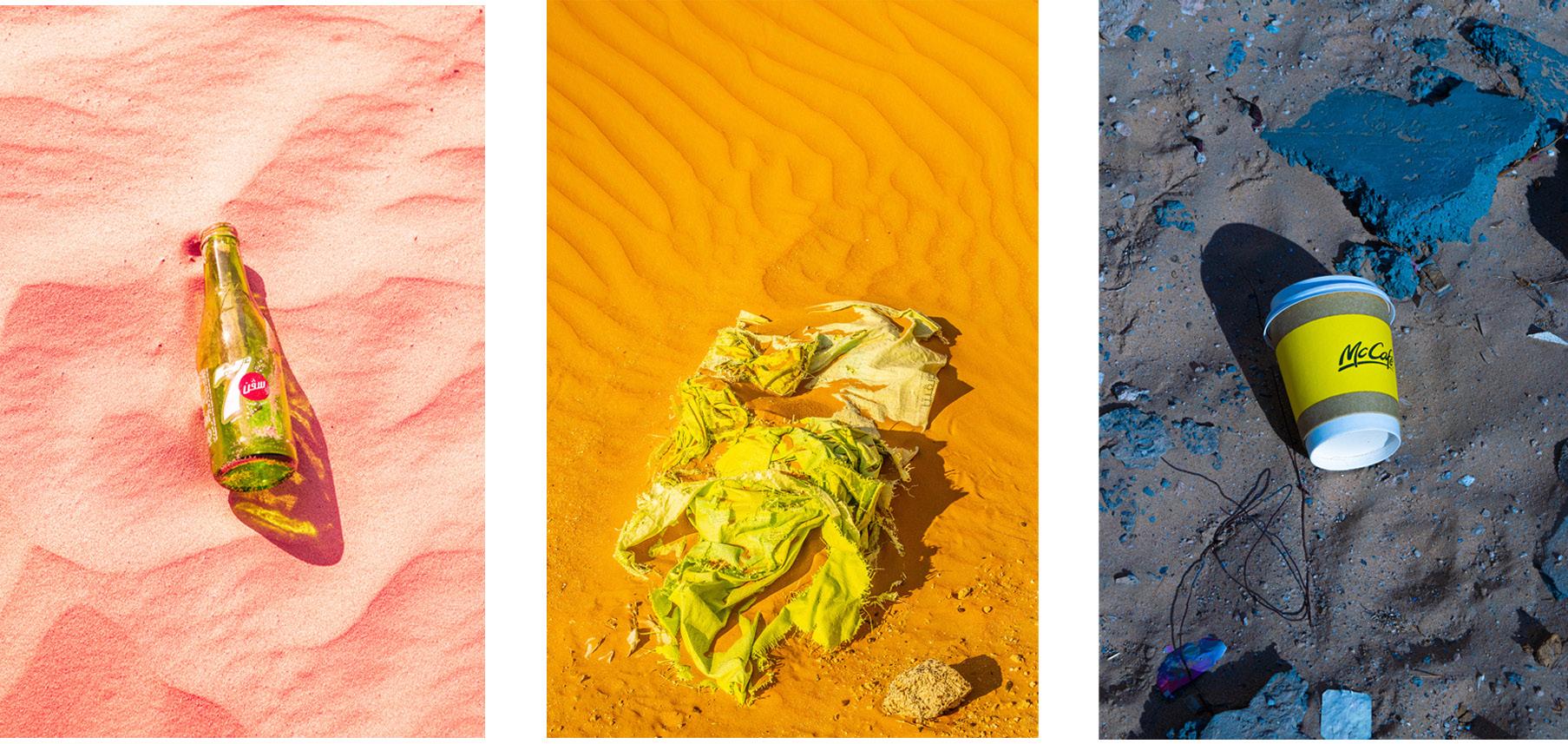
1 minute read
Emily Broad, Archiving the Climate Age
from Airport Road 11
Archiving the Climate Age
Emily Broad
Ref 214: From the top left clockwise: buildings in Damascus, a street scene, and the Minaret of the Bride (Madhanat al-Arus) at the Umayyad Mosque.
Google Search, Umayyad Mosque, destruction See: Syria clashes destroy ancient Aleppo minaret See: Umayyad Mosque destroyed In pictures.
Ref 918: An aerial landscape of the Citadel of Aleppo.
Google Search, Citadel of Aleppo, See: Destruction of Aleppo then now In pictures.
Somewhere, a photograph Someone adjacent to Fire in Australia California Amazon
Home at risk, Cling to photographs
Singed edges of their father, Burnt hole in their daughter
Viewers feel the encroaching fire, Embers bouncing off the subject’s face
Obsidian trees are ash puddles in the Foreground, where you and I Double tap For sympathy 2500 lost homes 1.25 billion dead animals Corpses of ecosystems
In the early nineteenth century, Daguerre invented photography As an exercise for memory replacement.
Photographers, scientists Capture the world as is, Display nature in glass boxes Through imagery Photography as a replacement for memory
The birth of photography leads to: Photojournalism Photo Archive Photograph Permanence
Ref 412: A girl in Bangladesh sits on top of her father’s car as her house floods due to
As this is written, another relic is lost to See forest fires, See flooding, See global warming, See landfill
Photofill, Treasure trove for humanity’s lost items A photograph of my grandmother Fishing off the coast of Mexico, But the water isn’t cobalt blue anymore It’s tainted with the streets of men, And the sea is at my abdomen.
In the end, objects destroyed in Wars and conflicts Or by climate change Heritage burning, lost
What does it mean to work as an archivist in the twenty-first century? When preserving a photograph, Means codifying history, But how is this possible When the earth is reclaiming it.








